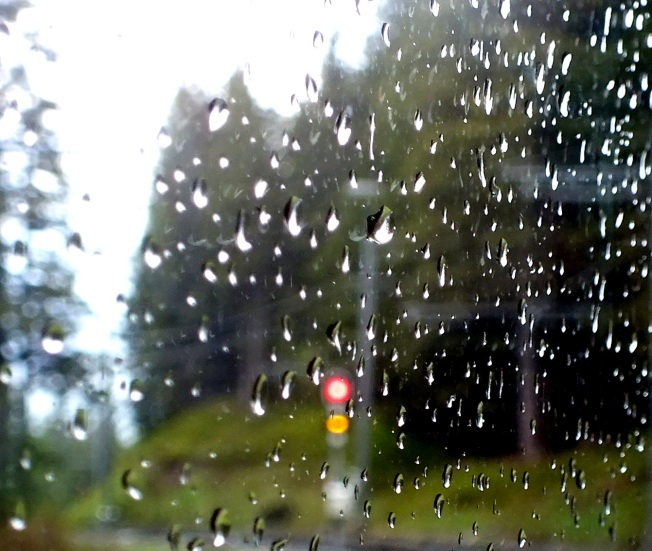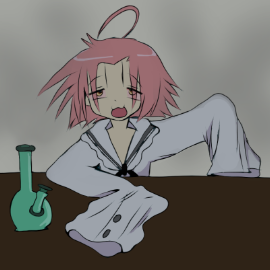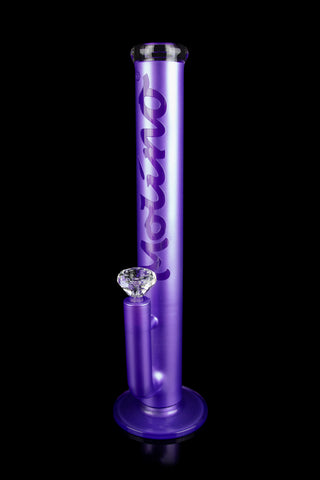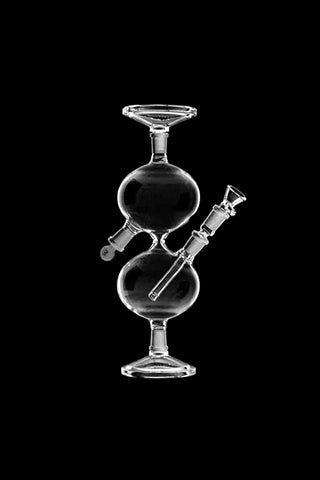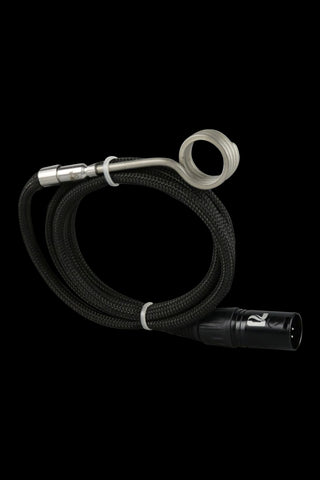If you enjoy smoking herb or tobacco, you might have considered buying a glass bong to enhance your experience. A glass bong is a device that filters and cools the smoke through water, providing smoother and more flavorful hits. However, with so many options available on the market, how do you choose the right size and design of a glass bong for your needs and preferences? In this blog post, we will guide you through some factors to consider when buying a glass bong, such as the height, the joint size, the shape, the percolators, the price and the durability.
Height
The height of a glass bong affects the amount and intensity of smoke that you can inhale in one go. Generally speaking, the taller the bong, the bigger the hits. However, bigger is not always better, especially if you are a beginner or have a low tolerance. A smaller bong can still deliver powerful hits, but with more control and less waste. Moreover, a smaller bong is more portable, discreet and easy to clean than a larger one.
According to Cannabox, glass bongs can be classified into three categories based on their height:
- Mini bongs: 4 to 10 inches. Ideal for on-the-go tokes, beginners and veterans alike.
- Medium bongs: 8 to 16 inches. Ideal for solo or social sessions, smooth and tasty hits.
- Large bongs: 17 inches and above. Ideal for experienced smokers, massive and intense hits.
You should choose the height of your glass bong according to your personal preference, smoking style and budget. If you want something portable and discreet, go for a mini bong. If you want something balanced and versatile, go for a medium bong. If you want something impressive and powerful, go for a large bong.
Joint size
The joint size of a glass bong refers to the diameter of the opening where you attach the bowl or the nail. The joint size determines what kind of accessories you can use with your bong, such as different bowls, nails, ash catchers or adapters. The joint size also affects the airflow and the drag of your bong.
According to Smoke Cartel, glass bongs come in three common joint sizes:
- 10mm: The smallest joint size, usually found on mini or nano bongs. It offers a restricted airflow and a fast draw.
- 14mm: The most popular joint size, usually found on medium or large bongs. It offers a moderate airflow and a smooth draw.
- 18mm: The largest joint size, usually found on large or extra-large bongs. It offers a wide airflow and a slow draw.
You should choose the joint size of your glass bong according to the accessories you want to use with it and the type of draw you prefer. If you want to use small bowls or nails, go for a 10mm joint. If you want to use standard bowls or nails, go for a 14mm joint. If you want to use large bowls or nails, go for an 18mm joint.
Shape
The shape of a glass bong affects the aesthetics, the functionality and the comfort of your smoking experience. There are many different shapes of glass bongs available on the market, each with its own advantages and disadvantages. Some of the most common shapes are:
- Straight tube: A simple and classic shape that consists of a straight cylinder with a base. It offers easy cleaning, quick hits and good stability.
- Beaker: A shape that resembles a laboratory beaker with a wide base and a narrow neck. It offers more water capacity, smoother hits and better stability than a straight tube.
- Bubbler: A shape that combines a water pipe with a hand pipe. It offers portability, discretion and versatility.
- Round base: A shape that features a spherical base with a narrow neck. It offers similar benefits as a beaker but with more style.
- Zong: A shape that features one or more bends in the tube. It offers more cooling, more filtration and more fun than a straight tube.
- Recycler: A shape that features two chambers connected by tubes. It offers more recycling, more diffusion and more flavor than a single chamber bong.
You should choose the shape of your glass bong according to your personal taste, smoking needs and comfort level. If you want something simple and classic, go for a straight tube or a beaker. If you want something portable and discreet, go for a bubbler. If you want something stylish and unique, go for a round base or a zong. If you want something advanced and flavorful, go for a recycler.
Percolators
The percolators of a glass bong are the devices that create bubbles and filter the smoke through water. The percolators affect the smoothness, the flavor and the temperature of your hits. There are many different types of percolators available on the market, each with its own design and function. Some of the most common types are:
- Diffused downstem: A simple and basic type of percolator that consists of a tube with slits at the end. It offers decent filtration and diffusion.
- Tree: A type of percolator that consists of several arms with slits at the end. It offers more filtration and diffusion than a diffused downstem.
- Honeycomb: A type of percolator that consists of a flat disc with many small holes. It offers more filtration and diffusion than a tree.
- Showerhead: A type of percolator that consists of a tube with a widened end and slits or holes around it. It offers more filtration and diffusion than a honeycomb.
- Turbine: A type of percolator that consists of a disc with angled slits that create a spinning effect. It offers more filtration, diffusion and cooling than a showerhead.
- Faberge egg: A type of percolator that consists of a hollow egg-shaped chamber with holes around it. It offers more filtration, diffusion and recycling than a turbine.
You should choose the percolators of your glass bong according to the smoothness, the flavor and the temperature you prefer for your hits. If you want something simple and basic, go for a diffused downstem. If you want something moderate and balanced, go for a tree or a honeycomb. If you want something smooth and cool, go for a showerhead or a turbine. If you want something advanced and flavorful, go for a faberge egg.
Price
The price of a glass bong depends on many factors, such as the size, the shape, the design, the quality, the brand and the features. Generally speaking, the more complex and elaborate the bong, the more expensive it is. However, price is not always an indicator of quality or performance. You can find some cheap glass bongs that work well and some expensive glass bongs that are not worth it.
According to IndiaMART, glass bongs can range from as low as ₹ 300 to as high as ₹ 30,000 or more. However, the average price of a glass bong is around ₹ 3,000 to ₹ 5,000.
You should choose the price of your glass bong according to your budget, your expectations and your frequency of use. If you want something affordable and functional, go for a cheap glass bong. If you want something durable and reliable, go for an average glass bong. If you want something luxurious and impressive, go for an expensive glass bong.
Durability
The durability of a glass bong refers to how resistant it is to breakage, damage or wear and tear. The durability depends on the material, the thickness and the craftsmanship of the glass bong. Generally speaking, the thicker and heavier the glass, the more durable it is. However, thicker glass also means more weight and less portability.
According to Badass Glass, glass bongs can be made from different types of glass, such as:
- Borosilicate glass: A high-quality type of glass that is resistant to heat, shock and corrosion. It is used in laboratory equipment, cookware and high-end glass bongs.
- Soft glass: A low-quality type of glass that is prone to heat damage, cracking and staining. It is used in decorative items, art pieces and cheap glass bongs.
- Silicone: A flexible type of material that

